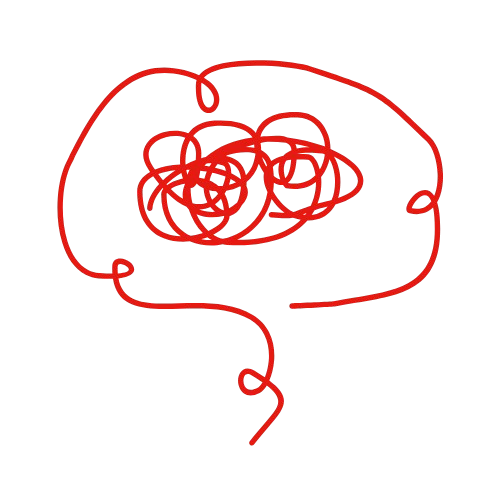- Published on
The Synchronized Scroll: The Unseen Ballet of Collective Distraction
- Authors

- Name
- Mindmire
- @Md_Khokon_Mia
Previous Article
The Synchronized Scroll: The Unseen Ballet of Collective Distraction
Have you ever noticed the almost hypnotic dance that unfolds when a group of people share a space but not a moment? Picture this: you're in a café, library, or even a family living room. The air is filled with the gentle flicker of screens and the subtle, rhythmic motion of fingers swiping upward. It's as if an invisible conductor is leading a symphony of distraction—a synchronized scroll, where each participant is united in their isolation.
This phenomenon, a curious blend of togetherness and solitude, is a defining characteristic of our digital age. We're physically present yet mentally adrift, connected by the thin thread of Wi-Fi rather than genuine interaction. The scene is almost poetic—each person absorbed in their private digital universe, while the real world quietly hums along in the background.
It's fascinating to observe how the synchronized scroll has become a cultural norm. Consider family gatherings where conversations compete with the endless allure of notifications, or meetings where eye contact is a rare commodity. We sit side by side, each of us tethered to a device, performing this silent ballet of individual distraction. It's the modern dance of partial attention, where our devices have become both partners and barriers.
The implications of this behavior are profound. On one hand, the digital age has granted us unprecedented access to information and connection. We can reach across continents with a swipe, tap into global conversations, and share moments instantly. Yet, ironically, this same connectivity often leaves us feeling more isolated. The collective scroll, while uniting in its ubiquity, separates us from the tangible human experiences that unfold in our immediate surroundings.
There's a humor, albeit a bittersweet one, in watching this dance unfold. It's the irony of being alone together—a room full of people, each engaging more with their screens than with each other. We've become adept at managing dual existences: one foot in the real world, the other in a virtual one. This duality, while expanding our horizons, often constrains our capacity for true presence.
As we navigate this digital landscape, it's worth asking ourselves what we're losing in the process. The art of conversation, the richness of undivided attention, and the warmth of eye contact are becoming rare treasures. The synchronized scroll, while efficient, is a poor substitute for the depth of human connection.
So, next time you find yourself in this silent dance, take a moment to look up. Notice the people around you—their expressions, their movements, the unspoken stories waiting to be shared. Perhaps, in doing so, we can reclaim a bit of the presence that's been lost to the allure of the screen. After all, the most meaningful connections often happen when we step out of the rhythm of distraction and into the dance of life.